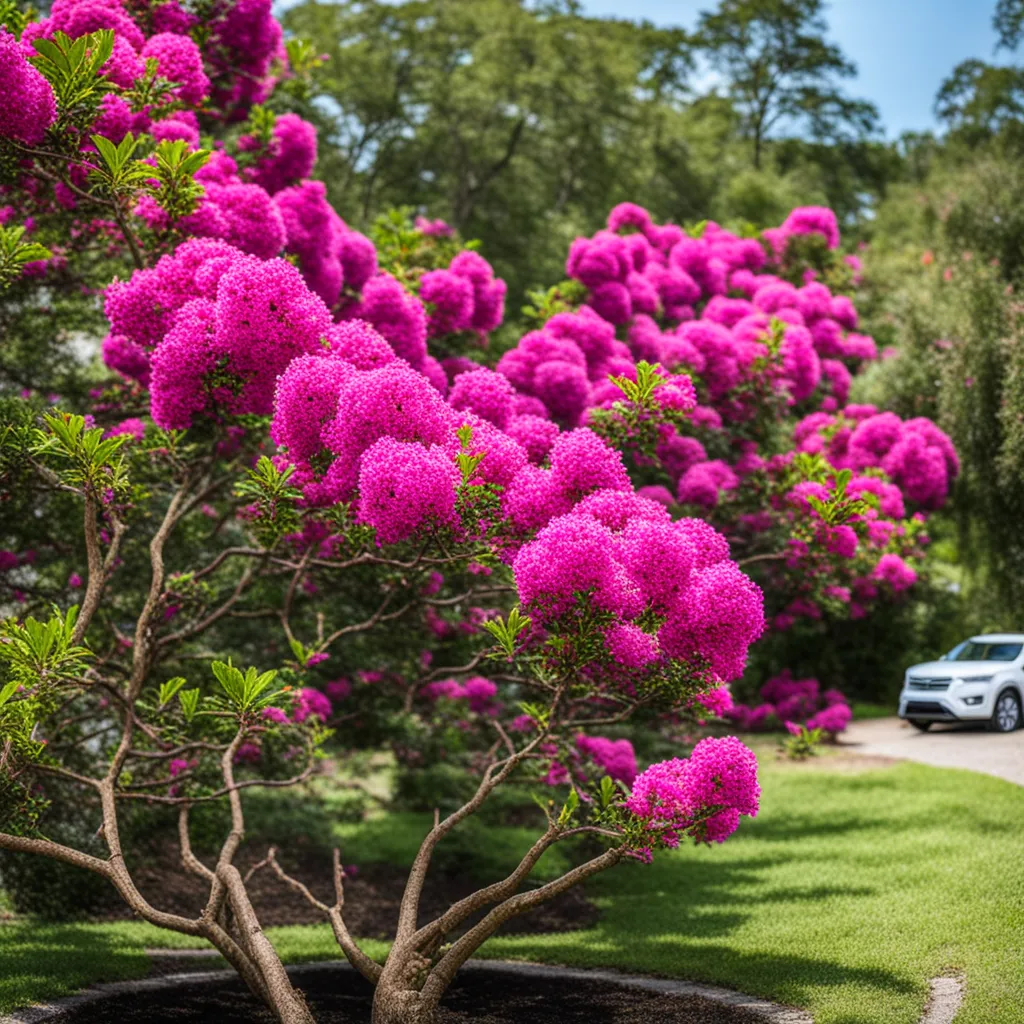How to Prune a Crepe Myrtle: Enhancing Beauty and Health
How to Prune a Crepe Myrtle: Enhancing Beauty and Health
Crepe Myrtles, with their spectacular blooms and elegant stature, are a favorite in many gardens. However, to maintain their beauty and health, proper pruning is essential. Pruning not only shapes the tree but also encourages vibrant blooms and robust growth. This 500-word guide provides a comprehensive overview of how to prune a Crepe Myrtle effectively.

Understanding the Basics of Pruning Crepe Myrtles
Crepe Myrtles require a delicate balance when it comes to pruning. Over-pruning can lead to poor growth and fewer blooms, often referred to as 'Crepe Murder.' The goal is to enhance the tree's natural form, not to reshape it drastically.
When to Prune
The best time to prune Crepe Myrtles is in late winter or early spring, before new growth begins. This timing allows gardeners to clearly see the tree's structure and decide which branches to remove.
Tools Required
Use sharp, clean pruning tools to ensure clean cuts and reduce the risk of disease. A pair of hand pruners, loppers, and a pruning saw are usually sufficient for Crepe Myrtle pruning tasks.
Step-by-Step Pruning Process
- Remove Suckers and Low Growth: Start by removing suckers growing from the base and any branches that are touching the ground. This helps direct the plant’s energy to the upper, more visible parts of the tree.
- Thin Out Crowded Areas: Look for areas where branches are crowded or rubbing against each other. Remove the weaker branches to allow more sunlight and air circulation, which are crucial for the tree's health.
- Prune for Shape and Size: Crepe Myrtles naturally have a graceful, vase-like shape. Prune to maintain this form, removing any branches that stick out awkwardly. However, be careful not to over-prune; removing more than one-third of the tree's branches can be harmful.
- Cut Back Old Blooms: If your Crepe Myrtle is a variety that blooms on new wood, prune the branches where last year's blooms were located. This encourages new growth and more abundant blooms.
- Addressing Height: If your Crepe Myrtle is too tall, you can reduce its height by pruning the topmost branches. Do this sparingly and evenly around the tree to maintain a natural look.
- Look for Dead or Diseased Wood: Remove any branches that appear dead, diseased, or damaged. These branches can hinder the overall health and aesthetic of the tree.
Aftercare
After pruning, clean up any fallen debris to prevent the spread of disease. Water the tree adequately, especially if the weather is dry, to help it recover from the stress of pruning.
Avoiding Common Mistakes
Avoid 'topping' the tree, which means cutting off the top of branches indiscriminately. This can lead to weak new growth and reduce the tree's flowering potential. Also, avoid pruning in late summer or fall, as this can stimulate new growth that might not harden off before winter.
Conclusion
Pruning a Crepe Myrtle requires patience, understanding, and a gentle hand. By following these guidelines, you can ensure your Crepe Myrtles are healthy, beautifully shaped, and ready to put on a stunning display of blooms year after year. Remember, the goal of pruning is to enhance the natural beauty of the tree, not to control or diminish it. With proper care and attention, your Crepe Myrtles will be a highlight in your garden for many seasons to come.